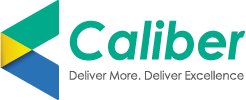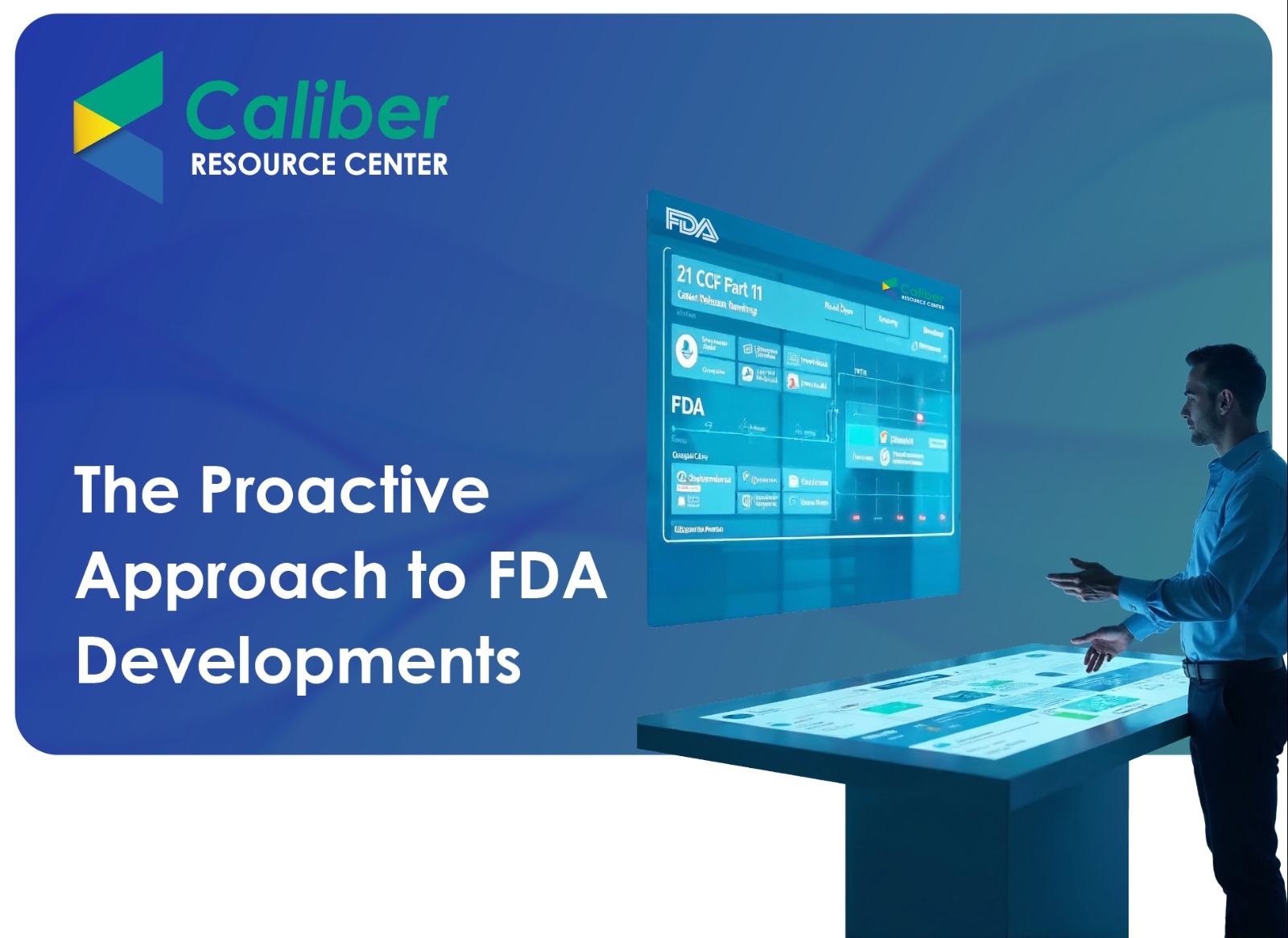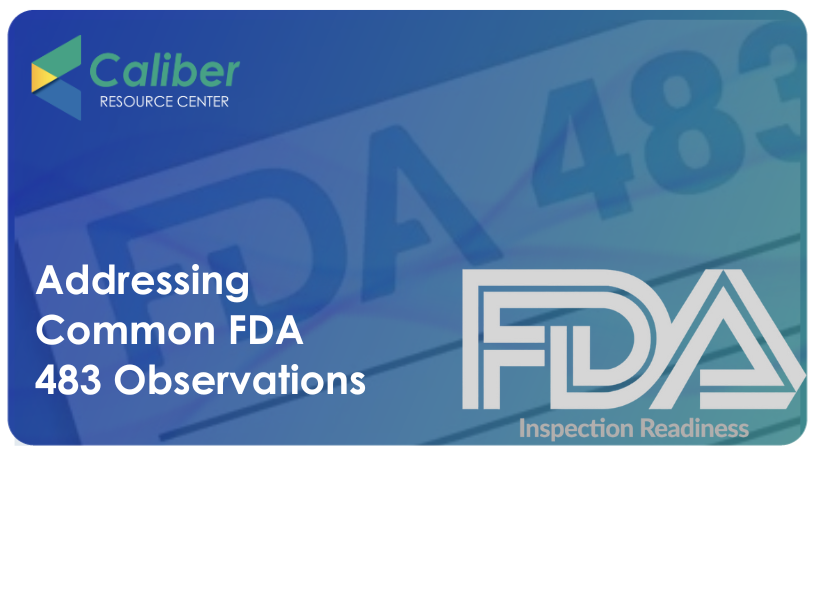What’s Inside
ToggleAs the monsoon approaches, the Indian pharmaceutical industry, particularly MSMEs (small and medium-sized enterprises), is preparing for its storm. The latest news making rounds is that “risk-based audits” under the revised Schedule M are set to begin from July 1st and Central Drugs Standard Control Organization (CDSCO) has prepared an elaborate questionnaire aimed at thoroughly inspecting the manufacturing facilities, and quality control processes of Indian Pharma units.
A few months ago, The Drug Controller General of India (DCGI) declined the industry’s plea for an implementation extension and has now announced surprise inspections, which are set to last 3 to 4 days of inspecting each unit.
This article focuses on how the Pharma industry, especially MSMEs, which account for nearly 80% of the 10,000 pharmaceutical production facilities in India, can be ready to face these inspections.
How Prepared is the industry?
The notification was received on December 28th, 2023, which stated that pharma companies with turnover above ₹250 crore must comply with the revised Schedule M guidelines from July 1st, 2024, and MSMEs have until January 1st, 2025.
Since then, the industry has been in a race against time.CDSCO has recently conducted extensive audits. As per the audit findings, the major inefficiencies were in the documentation, process verification, and QC (quality control) practices, leading to multiple facilities’ closures.
India’s CDSCO chief, Mr. Rajeev Raghuvanshi said that after one and a half years of inspections, he was “not very happy to say that more than 36% of them (manufacturing units) had to be closed” Looking at the existing Industry challenges, especially for the MSMEs, they are finding it difficult to keep their manufacturing and documentation processes up-to-date due to complex guidelines, outdated methods, and a lack of standard practices.
Hence, more than ever now is the time of utmost urgency to adopt a sustainable action plan through advanced digital solutions that shall not only ensure compliance but also improve their process efficiency and ensure quality and help build confidence to face audits and ensure adherence to the regulatory requirements within their operations.
Embracing Digital Solutions: The Strategic Imperative
To ensure compliance and avoid potential closures, MSMEs must undertake a digital transformation journey, starting with their key departments.
As a first step, identify automation/digitalization opportunities by function. For example, start with automating their Quality Assurance (QA), which is the building block for pharma operations. The advanced digital solutions will ensure quality process automation, risk management, and documents/SOPs management, people compliance with training requirements.
By implementing Materials Management software (ERP), they can control the material inputs, ensure real-time tracking, reduce waste, and ensure compliance. In addition, the advanced sample testing process automation, tracking analytical and reporting tools for quality control (QC) will facilitate compliance with Good Laboratory Practices (GLP), enabling proactive risk management and continuous improvement.
Once these critical areas are automated, MSMEs can then focus on their manufacturing processes by implementing digital solutions that ensure accurate and efficient recording and maintenance of batch execution records. This requires critical thinking, and a well-laid staggered plan, as human re-engineering is critical without rocking the boat. This shall enable real-time checks and balances of compliance, monitoring, and control, detecting and addressing deviations, and managing data integrity.
Quality personnel spend months preparing a PQR Report and by automating the siloed processes it can become easier to implement an automated Product Quality Review (PQR) process, thereby, reducing the PQR report generation time and phenomenally improving the accuracy and quality of the report.
The automated PQR system integrates data from multiple sources, analyses trends, and provides actionable insights immediately, allowing companies to gain valuable insights into their processes, identify gaps that should be improved, and ensure that regulatory requirements are met.
The approach to good quality management practices shall significantly benefit the industry eventually. With reduced product complaints, minimized reworks, and mitigating regulatory risks, they can achieve current Good Manufacturing Practice (cGMP) compliance. This will set a foundation for sustainable growth and excellence in pharmaceutical manufacturing.
Caliber Suite: The Key to Navigating Revised Schedule M
For enhanced Quality management, the revised Schedule M has introduced new provisions for a pharmaceutical quality system (PQS), quality risk management (QRM), product quality review (PQR), equipment qualification and validation, and a computerized storage system for drug products. Caliber suite of solutions are the essential digital tools that the industry needs today to be prepared for tomorrow.
The wide array of Caliber’s advanced digital solutions is compliant with the major regulatory bodies such as USFDA (United States Food and Drug Administration), and MHRA (Medicines and Healthcare Products Regulatory Agency) and meets the stringent requirements of the revised Schedule M. The solutions span across Laboratory, Quality, Manufacturing, and Data and Insights.
Aimed to ensure consistent process adherence and thereby product quality, “EPIQ by Caliber” (Enterprise Platform for Integrated Quality) is the digital powerhouse that harmonizes quality management processes, data, and documentation within a single unified ecosystem. It replaces fragmented approaches with a cohesive system, streamlining workflows and enforcing compliance across the organization. With its “Power of 3” i.e. Quality Processes and Events Management, Document Management, and Learning Management, it ensures document control, risk assessment, training management, audit trails, and much more.
Effective documentation is another critical guidance in the revised Schedule M. CaliberLIMS automates the end-to-end process of sample tracking within laboratories, from sample collection to disposal. It captures data at every stage, in real-time, to ensure accurate documentation of sample handling, testing, and analysis. By maintaining accurate records throughout the lifecycle of each sample, CaliberLIMS not only streamlines laboratory workflows but also upholds the integrity and compliance of scientific data, essential for maintaining high standards of research and regulatory requirements in the pharmaceutical and biotech industries.
To ensure manufacturing equipment consistently produces quality products, meticulous qualification and validation are essential. CaliberBRM facilitates this with real-time data capture and automated workflows, ensuring thorough documentation and traceability.
It addresses challenges like access-controlled templates, reduces human errors by automating records, and supports customizable approval processes. The system integrates seamlessly with ERP systems, monitors equipment and material usage, and maintains compliance with regulatory standards like ISA 88, 95, and USFDA 21 CFR part 11.
Another critical provision in revised Schedule M is an ongoing Product Quality Review (PQR). With CaliberAPQR, the quality personnel can generate PQRs Anytime Anywhere. It takes nearly 3 months to manually prepare a PQR and with CaliberAPQR, the organization can generate PQR within 3 minutes. Automated PQR integrates data from multiple sources, analyses trends, and provides immediate actionable insights.
This automation allows companies to gain valuable insights into their product performance, identify areas for improvement, and ensure adherence to regulatory requirements. The journey to compliance with the revised Schedule M is challenging. Yet, it is an opportunity for the industry to enhance its quality systems, ensure regulatory compliance, and enhance operational efficiency.
By embracing advanced digital solutions, they can fast-track progress toward Pharma 4.0. This transformation will not only help in meeting current regulations but will also set a foundation for sustainable growth and excellence in pharmaceutical manufacturing.
As the industry navigates the stormy monsoon ahead, digital solutions will be the lighthouse guiding them toward a future of enhanced quality and compliance. Remember, as well said, “Cost of quality is the cost you pay for not having quality.”
References




